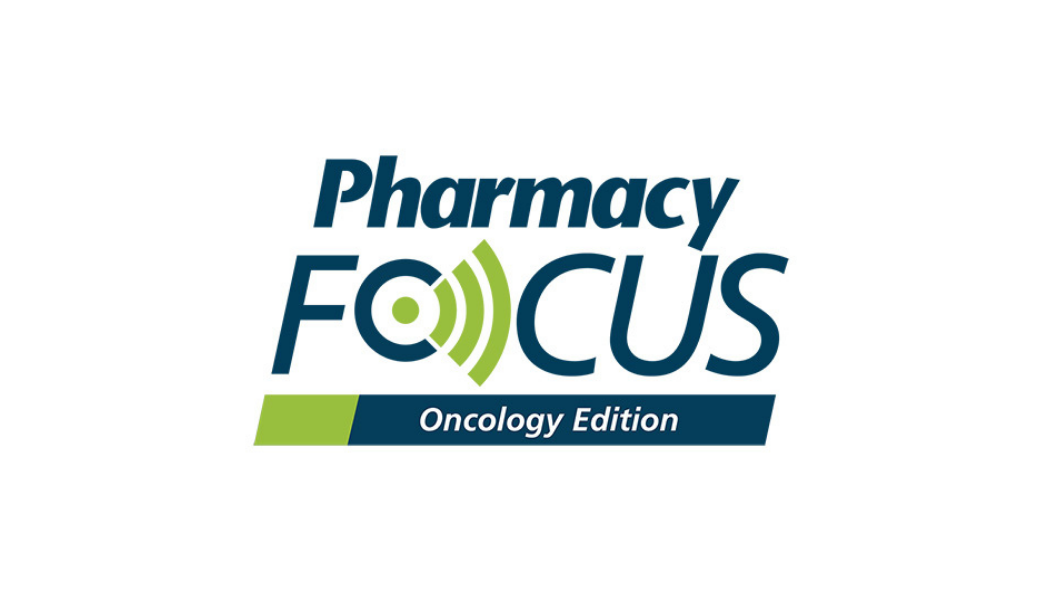Video
Goals of Treatment for Patients with CP-CML and Acute Phase CML
Brandon Dyson, PharmD, BCOP, BCPS reviews the goals of treatment in chronic myeloid leukemia and Philadelphia chromosome–positive ALL and discusses how the goals differ from acute phase CML.
Brandon Dyson, PharmD, BCOP, BCPS: What is our treatment goal with chronic phase CML [chronic myeloid leukemia]? Our treatment goal is a deep molecular remission. We want a deep, sustained remission. Ideally, we want to get that as quickly as possible because the faster we can get somebody in a deep molecular remission, the better they do. That’s our goal. That’s what we’re going for.
When we look at the acute phase of CML, or even with ALL [acute lymphoblastic leukemia], we’re still looking to get a patient in remission, but the mechanism is a little different. With chronic phase CML, we can get most patients into remission just by using a TKI [tyrosine kinase inhibitor]. That’s the mainstay of our therapy. But when you get into an acute-based or a blast crisis CML, or into ALL, we can’t do that with a TKI alone. So we have a little more work to do.
For most patients, the best results will happen with an allogeneic stem cell transplant. That’s the best way to obtain remission in those patients. Not every patient is a candidate for that. Not every patient can survive and tolerate the extensive, toxic therapy that a bone marrow transplant consists of. In those cases, we’re going to see a standard induction consolidation and maintenance ALL leukemia treatment strategy, along with the TKI. That’s how we’re hoping to get that remission. But whether we’re talking about acute or chronic phase CML or ALL, our goal is remission.
Across the board, all TKIs have what I call class-wide adverse effects. All the BCR-ABL TKIs that we use for CML can cause rash. All of them can cause cytopenia, with decreased red blood cells, white blood cells, and platelets. All of them can cause diarrhea. All of them can cause some degree of myalgia—muscle aches, joint aches, fatigue. That’s pretty much across the board. It’s very common.
On top of that, each drug has its own personality, causing certain adverse effects that you look for with that particular drug. Dasatinib can cause pleural effusions considerably more than the other agents. Brigatinib can cause arterial occlusive events. There are a few more myalgias with imatinib. There’s more diarrhea with bosutinib. Nilotinib has cardiotoxicity. Each drug has its own unique profile. When we’re looking at this, it’s important to work with the patients when we’re selecting our therapy but also in how we’re monitoring them. Because a patient who knows what to look out for—who’s educated and empowered—will have better results because they’re able to be an active participant in their own therapy.
Let’s say we’re working with rash. What can patients do to manage the rash? Can they use a hydrocortisone cream? Awesome. At what point is the rash too severe for them to self-manage? When do they need to call their physician? Same with diarrhea. We can use Imodium to fix diarrhea, but when do we start taking it? How much do you need to take? And when is it too problematic? When do we need to call the physician? Myalgias can typically be managed with NSAIDs [nonsteroidal anti-inflammatory drugs], as long as we don’t have platelets that are too low. Then we’d present a bleeding risk. The cytopenias we’re monitoring along the way. That’s how we’re monitoring CML. We’re constantly looking at blood counts. We’re going to be able to identify some of those, just with lab work. Then again, you still have a role in patient awareness on this.
If they’re bruising easily or they’re getting nosebleeds, that might be a sign that their platelets are low. If they’re feeling fatigued, tired, short of breath, and pale, then it might be a sign that they’re a little anemic. It’s important to have that buy-in and have that involvement and to find the best option for each individual patient because we’ve set a gold standard. If we can get 90% or greater adherence to their TKI, that’s where the best outcomes happen. The best way to do that is to have the patient know what adverse effects are coming, how to manage them, when to reach out, and what they can do. If you’re taking 1 pill a day, that’s 3 doses a month , then there’s a maximum they can miss to maintain that 90% threshold. The best outcomes happen above 90%. The more empowered the patient is, the more we work with them, and the more we pick the right drug for that patient, the better their outcome is going to be.
Transcript edited for clarity.
Newsletter
Stay informed on drug updates, treatment guidelines, and pharmacy practice trends—subscribe to Pharmacy Times for weekly clinical insights.






